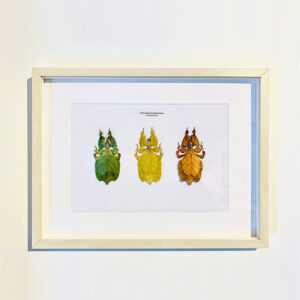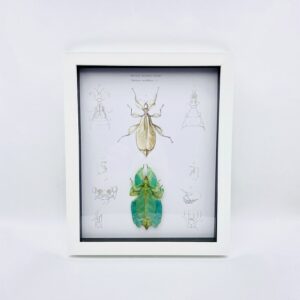1. Walking leaves are insects that mimic the movement and appearance of leaves to avoid predators.
2. They belong to the Phasmida family, which contains over 3,000 species.
3. The most famous species is the green leaf insect, also known as the stick insect.
4. Walking leaves are usually green or brown, allowing them to blend in with the surrounding foliage.
5. They are commonly found in tropical and subtropical regions.
6. Walking leaves use their long, spindly legs to move slowly and deliberately, mimicking the movement of leaves in the wind.
7. Some species have the ability to change their color to match their environment.
8. Walking leaves are masters of disguise and can often fool even their predators.
9. They feed on plant leaves, which provides them with the chlorophyll they need to maintain their green coloration.
10. Walking leaves are generally harmless to humans and are often kept as pets.

11. The eggs of walking leaves are often covered in a protective coating that resembles plant material, further hiding them from predators.
12. Some species of walking leaves are capable of reproducing without mating, through a process known as parthenogenesis.
13. The lifespan of a walking leaf can range from a few months to a few years, depending on the species.
14. The largest species of walking leaf can grow up to 12 inches in length.
15. Walking leaves have a slow metabolism, allowing them to survive long periods without food or water.
16. Some species of walking leaves have the ability to “play dead,” collapsing to the ground and remaining still for several minutes when threatened.
17. The defense mechanisms of walking leaves also include the ability to release a foul-smelling liquid to deter predators.
18. Some species of walking leaves have spiny or thorny projections on their bodies to deter predators.
19. The bright green coloration of some species of walking leaves also serves to attract mates.
20. Despite their excellent camouflage, walking leaves are still preyed upon by many species, including birds, lizards, and spiders.




